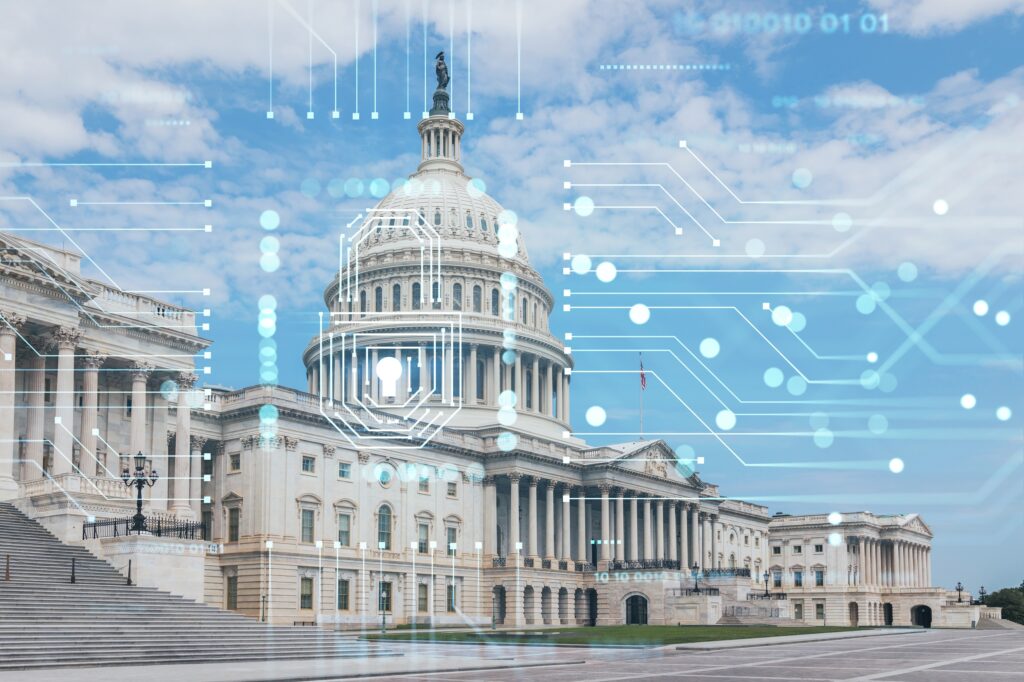What can the Postal Service learn from Amtrak?
The deteriorating financial condition of the United States Postal Service has restarted discussions about how to restore the agency’s long-term solvency. While various solutions have been proposed, the USPS faces stiff resistance to any change to its operating model, as postal interests disagree over who—shippers, laborers or taxpayers—should shoulder the costs of changes to come. Navigating these interlocked interests will be a challenge for postal reformers, but hope is not lost. Policymakers have addressed similar problems before, namely with the creation of Amtrak, and those interested in a sustainable USPS would benefit from considering the successes and failures of those who kept America’s withering passenger rail operator afloat.
Amtrak and the USPS share a number of remarkable similarities. Both the passenger railroad operator and the mail carrier were created by laws passed in 1970. The first trains managed by Amtrak ran on May 1, 1971, two months before the USPS carried its first letters. Both are nominally independent extensions of the federal government that provide subsidized transportation services to the American public. And both are built around the idea of cross-subsidizing service in expensive-to-serve places with profits from areas they serve cheaply.
Amtrak and the USPS also differ in some important ways. The former is a government-controlled corporation, the latter part of the executive branch. Amtrak inherited a product, passenger rail service, that was already well into its decline. It was created in an effort to save U.S. freight rail from ongoing losses of government-required passenger service in the age of mass automobile ownership. Amtrak’s managers and the policymakers who empowered them knew their job was one of managing decline from the outset. Hard decisions about which services would continue and which ones would not were made at the beginning, and Amtrak administrators have long argued for the ability to control costs further by eliminating some of the company’s money-losing services.
The USPS had an easier half-century, with 30 years of letter mail growth before the internet brought on two decades of rapid decline. This prosperity limited conflict between postal interests. Growth meant there was little reason to plan in advance for new technologies that would cause the agency’s main product to become obsolete for many uses. Planning would have meant saving for the future, including preparing for future pension liabilities and new vehicles and machines, rebalancing its real estate portfolio and making clear to employees that the nature of postal work was going to change as the USPS makes use of new technologies that improve productivity.
Advance preparation is more important for the USPS than for Amtrak. The postal service has an obligation to provide universal service to every part of the country, while Amtrak and its predecessor railroads have never been required to be present in America’s most remote and costly to serve places.
But the USPS didn’t prepare. By 2006, when the most recent significant postal reform was passed, mail volumes had begun their decline, but only by about 1 percent per year. The USPS hadn’t saved enough for its employee’s pensions and healthcare in retirement. The law mandated the agency do so, but with mail already in decline, it has not socked the money away as Congress had hoped. By starting to save too late, the USPS has not been able to invest as a company in a fast-changing business needs to. It has delayed purchasing new mail trucks for years, with letter carriers forced to work in vehicles that lack air conditioning and have a tendency to catch on fire, beyond being too small to carry more than a handful of packages. Similarly, post offices haven’t changed much in the last few decades. Many aren’t large enough to function with the package-centric mail mix we see today. Furthermore, the USPS receives pushback each time it tries to change the tasks postal workers do.
These struggles don’t all fall at the feet of postal leadership. They can’t. For much of the last decade, the USPS didn’t have a functioning board of governors at all. That blame can only fall on the executive branch for failing to nominate leadership even once the USPS’ decline was clear.
Amtrak leadership has been frank about the dilemma they face and have worked to run a passenger railroad that limits losses while maintaining service. With profitability weak from the outset, the government corporation has been quick to seek alternative means to subsidize the money-losing routes it is mandated to maintain.
For its first three decades, Amtrak pension funds could only be invested in U.S. government bonds, just like the USPS, but that changed in 2001, when rail interests came together to allow railroad pensions to be invested in other things that could yield better returns, allowing Amtrak to save less than before. Rail regulators did their part by allowing lighter, cheaper European train models for U.S. passenger service. Amtrak has profited from its real estate, with public-private partnerships in the works to develop new commercial buildings and improve train stations in major cities nationwide. And regulators have allowed Amtrak to maintain flexibility by not mandating minimum staffing levels for passenger trains.
Amtrak has also enthusiastically worked with states that want to pay for expanded service, something the USPS has avoided to this point. Were legislators to allow it, the USPS could follow a similar model to provide better mail service where voters demand it.
Now, with a quorum finally on the postal board, we await recommended changes to the USPS operating model. We can hope the board members take a few lessons from Amtrak, which has worked hard to make the most out of the assets it has while providing the service Congress expects.









